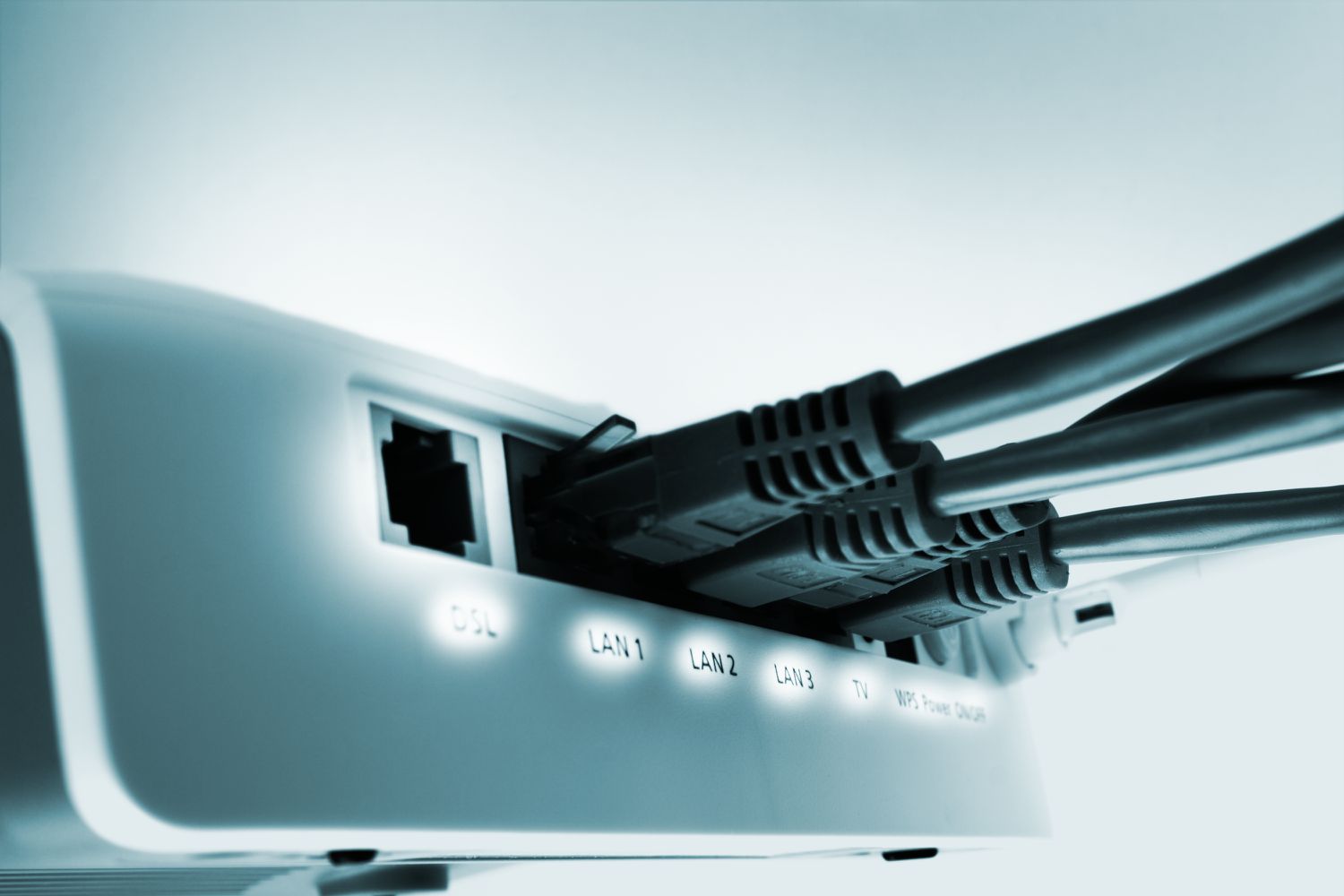Introduction
When your internet starts lagging or buffering during important video calls or your favourite shows, it’s tempting to switch providers. But for many DSL users, changing providers isn’t always a viable option due to limited choices in rural areas or long-standing contracts. The good news is that there are ways to boost and upgrade your DSL connection while sticking with your current internet service provider. You just need the right strategy and tools to get started.
Understand Your Current DSL Setup
Before you make any upgrades, you need to fully understand what you’re currently working with. DSL (Digital Subscriber Line) internet operates through your existing phone lines, which makes it more accessible but also more prone to signal degradation. Most DSL internet providers offer varying speed tiers, and your actual performance depends on factors such as your distance from the central office, the quality of your copper lines, and even your home’s internal wiring.
Start by testing your current internet speed using reliable online tools like Speedtest.net or Fast.com. Compare your actual speeds to the ones promised in your plan. If there’s a significant gap, that’s a red flag indicating something needs to be optimized or upgraded.
Check for Plan Upgrades
Sometimes the solution is simpler than you think. Many people are unaware that their current provider might offer faster DSL packages than what they’re subscribed to. Technology changes frequently, and DSL internet providers occasionally upgrade their infrastructure or roll out new plans without notifying existing customers.
Log in to your provider’s customer portal or contact customer support to inquire about available speed upgrades. You may discover that a modest increase in your monthly fee could double your current speed—without the hassle of switching to another provider.
Optimise Your In-Home Network
Your DSL speed isn’t just affected by external factors—it can also be limited by how your devices connect to the network inside your home. Poor Wi-Fi signal strength, interference from walls or other devices, and even the placement of your router can make a significant difference.
To optimise your network:
-
Place your router in a central location, preferably elevated.
-
Keep it away from microwaves, cordless phones, and metal surfaces.
-
Limit the number of connected devices, especially during peak usage hours.
-
Use Wi-Fi extenders or mesh networks in larger homes to improve coverage.
An optimised in-home network ensures that you get the maximum possible speed from your existing DSL connection.
Upgrade Your Modem and Router
Outdated hardware can bottleneck your internet performance. Most users stick with the modem/router combo provided by their ISP, which may be years old and incapable of handling even modest speed increases. By investing in a newer DSL-compatible modem and a modern dual-band or tri-band router, you can dramatically improve signal stability and speed.
When choosing a modem, ensure it’s compatible with your provider’s requirements and supports ADSL2+ or VDSL, depending on your location. A router with Quality of Service (QoS) settings also helps prioritise bandwidth for streaming or gaming, providing a smoother experience.
Use a Wired Connection When Possible
While Wi-Fi is convenient, it isn’t always the most efficient way to access the internet, especially if you’re dealing with a DSL connection that already has bandwidth limitations. For devices that demand consistent speeds, like desktop PCs or gaming consoles, a wired Ethernet connection is the way to go.
Ethernet cables offer lower latency and more stable connections compared to Wi-Fi. They also eliminate the risk of interference, which is particularly helpful in homes with many wireless devices.
Request a Line Check from Your ISP
Your provider may be able to help you without requiring a plan change. Ask for a technician to check the phone lines both outside and inside your home. Over time, copper wires can degrade or become exposed to moisture, reducing their ability to transmit data efficiently.
Sometimes, simply replacing outdated wiring or fixing a faulty splitter can significantly improve your DSL speeds. If your ISP is cooperative, they might even offer this service for free or at a nominal cost as part of their customer retention efforts.
Leverage DSL Bonding (Where Available)
DSL bonding is a technique that combines multiple DSL lines into a single connection to effectively double your bandwidth. While not all providers support it, some DSL internet providers in suburban or rural areas do offer bonding as a premium upgrade.
To benefit from DSL bonding:
-
Contact your provider to see if it’s available in your area.
-
Check if your current modem supports bonding or if you’ll need to upgrade.
-
Be prepared for additional installation and equipment fees, but understand that the performance boost could be well worth it.
Monitor and Manage Bandwidth Usage
If you share your connection with multiple people or smart devices, bandwidth usage can spiral out of control. Streaming HD content, downloading large files, or using video conferencing apps all take a toll on your internet performance.
Take these steps to manage usage:
-
Schedule large downloads for off-peak hours.
-
Limit streaming quality to 720p or standard definition.
-
Use parental controls or router settings to manage traffic and prioritise important devices.
-
Unplug idle smart devices that are consuming bandwidth in the background.
Bandwidth management ensures that your DSL connection is used as efficiently as possible, improving performance without any technical upgrades.
Conclusion
Upgrading your DSL connection doesn’t always mean switching providers or investing in a whole new setup. With the right approach—checking your current plan, optimising hardware, using wired connections, and managing usage—you can unlock better speeds and performance from your existing DSL service. It’s all about working smarter with what you already have and exploring every upgrade path your provider offers. Before you leap to fibre or cable, exhaust these options. You might be surprised at how much faster and more reliable your DSL connection can become with just a few strategic tweaks.
